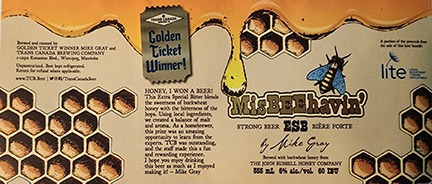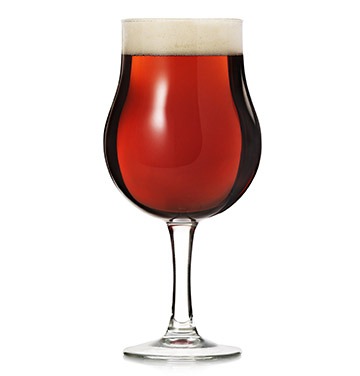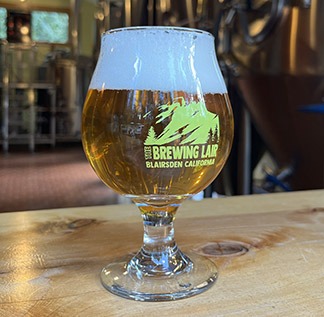Carillon Brewing Co.’s Ginger Pale Ale Clone
All-Grain Recipe
(5 gallons/19 L, all-grain)
OG = 1.068 FG = 1.012
IBU = 36 SRM = 8 ABV = 7.4%
Ingredients
10 lbs. (4.5 kg) pale ale malt
2.5 lbs. (1.1 kg) toasted malt
1.25 lbs. (567 g) wildflower honey (mostly clover)
2.25 lbs. (1 kg) fresh ginger root, peeled, sliced
8.25 AAU Comet hops (60 min.) (0.75 oz./21g at 11% alpha acids)
8.25 AAU Comet hops (15 min.) (0.75 oz./21g at 11% alpha acids)
LalBrew Windsor, White Labs WLP023 (Burton Ale), or Wyeast 1275 (Thames Valley Ale) yeast
3⁄4 cup corn sugar (if priming)
Step by Step
Mash the grains at 152 °F (67 °C) for 60 minutes. Sparge slowly and collect 6.5 gallons (24.5 L) of wort, adding the ginger to the kettle.
Boil the wort for 60 minutes, adding the hops at the times indicated. Add the honey after the boil is finished, stirring to dissolve. Chill and ferment at 64 °F (18 °C).
Rack the beer, prime, and bottle condition, or keg and force carbonate to 2.5 v/v.
Extract-Only Recipe
(5 gallons/19 L, extract only)
OG = 1.068 FG = 1.012
IBU = 36 SRM = 8 ABV = 7.4%
Ingredients
8.2 lbs. (3.7 kg) light liquid malt extract
1.25 lbs. (567 g) wildflower honey (mostly clover)
2.25 lbs. (1 kg) fresh ginger root, peeled, sliced
8.25 AAU Comet hops (60 min.) (0.75 oz./21g at 11% alpha acids)
8.25 AAU Comet hops (15 min.) (0.75 oz./21g at 11% alpha acids)
LalBrew Windsor, White Labs WLP023 (Burton Ale), or Wyeast 1275 (Thames Valley Ale) yeast
3⁄4 cup corn sugar (if priming)
Step by Step
Heat 6.5 gallons (24.5 L) of water in the brew kettle to 158 °F (70 °C). Turn off the heat. Add the malt extract and stir to dissolve so you do not feel liquid extract at the bottom of the kettle when stirring with your spoon. Turn the heat back on and bring to a boil.
Add the ginger to the kettle. Boil the wort for 60 minutes, adding the hops at the times indicated. Add the honey after the boil, stirring to dissolve. Chill and ferment at 64 °F (18 °C).
Rack the beer, prime and bottle condition, or keg and force carbonate.





